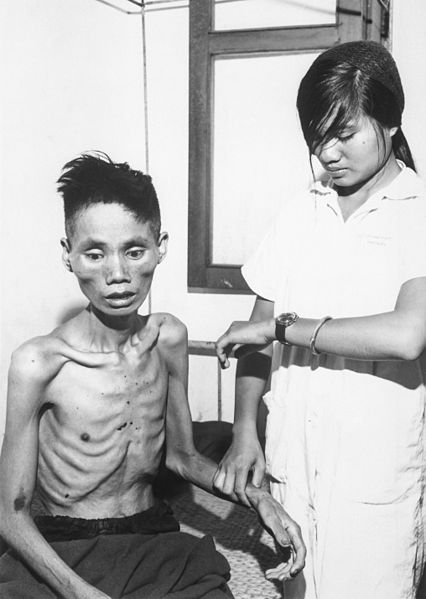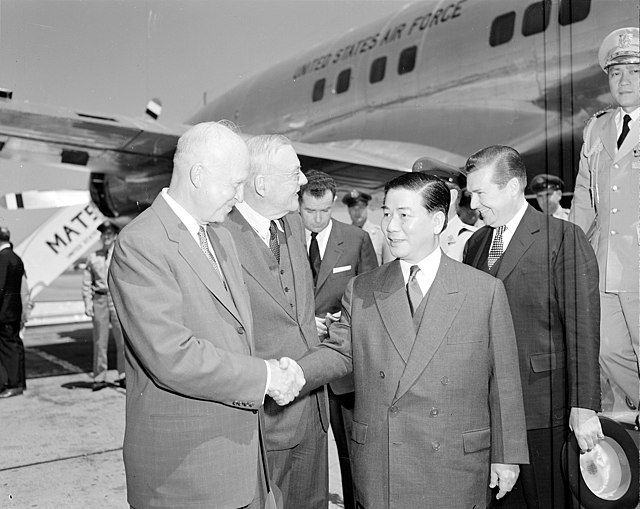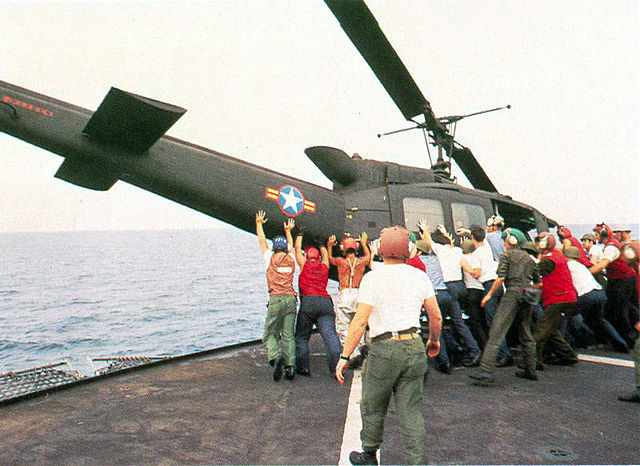The Viet Cong was an epithet and umbrella term to call the communist-driven armed movement and united front organization in South Vietnam, Laos and Cambodia. Formally organized as and led by the National Liberation Front of South Vietnam, it fought under the direction of North Vietnam against the South Vietnamese and United States governments during the Vietnam War. The organization had both guerrilla and regular army units, as well as a network of cadres who organized and mobilized peasants in the territory the Viet Cong controlled. During the war, communist fighters and some anti-war activists claimed that the Viet Cong was an insurgency indigenous to the South that represented the legitimate rights of people in South Vietnam, while the U.S. and South Vietnamese governments portrayed the group as a tool of North Vietnam. It was later conceded by the modern Vietnamese communist leadership that the movement was actually under the North Vietnamese political and military leadership, aiming to unify Vietnam under a single banner.
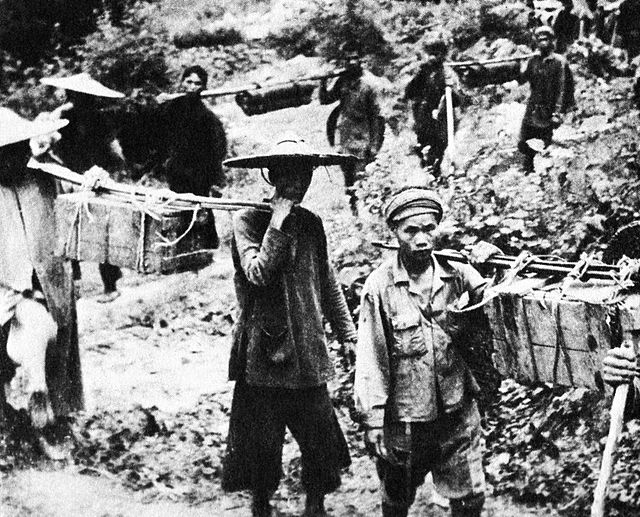
Soldiers and civilians took supplies south on the Ho Chi Minh trail (1959)
A photo from the U.S. Information Agency allegedly showing a 23-year-old Le Van Than, who had defected from the Communist forces and joined the South Vietnam Government side and was later recaptured by the Viet Cong and spent a month in a Viet Cong internment camp.
Brinks Hotel, Saigon, following a Viet Cong bombing on December 24, 1964. Two American officers were killed.
A Viet Cong prisoner captured in 1967 by the U.S. Army awaits interrogation.
South Vietnam, officially the Republic of Vietnam, was a country in Southeast Asia that existed from 1955 to 1975, the period when the capitalist southern portion of Vietnam was a member of the Western Bloc during part of the Cold War after the 1954 division of Vietnam. It first received international recognition in 1949 as the State of Vietnam within the French Union, with its capital at Saigon, before becoming a republic in 1955. South Vietnam was bordered by North Vietnam to the north, Laos to the northwest, Cambodia to the southwest, and Thailand across the Gulf of Thailand to the southwest. Its sovereignty was recognized by the United States and 87 other nations, though it failed to gain admission into the United Nations as a result of a Soviet veto in 1957. It was succeeded by the Republic of South Vietnam in 1975. In 1976, the Republic of South Vietnam and North Vietnam merged to form the Socialist Republic of Vietnam.
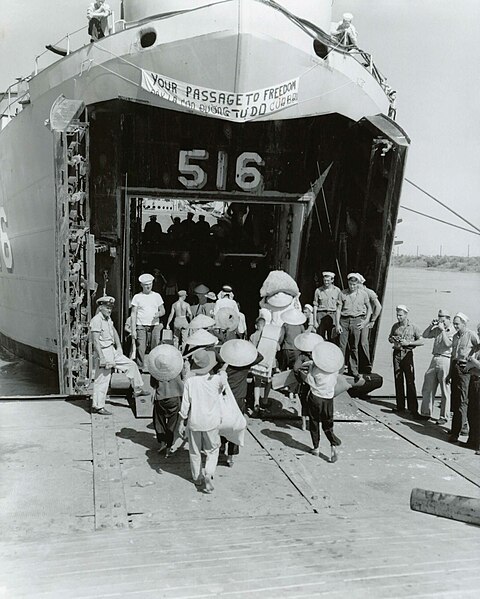
About 1 million North Vietnamese refugees left the newly created communist North Vietnam during Operation Passage to Freedom.
US President Dwight D. Eisenhower and Secretary of State John Foster Dulles greeting President Ngô Đình Diệm of South Vietnam in Washington DC, 8 May 1957
A woman casting her ballot in the 1967 elections
An empty Huey helicopter is jettisoned over the side of a carrier to provide room on the ship's deck for more evacuees to land.


